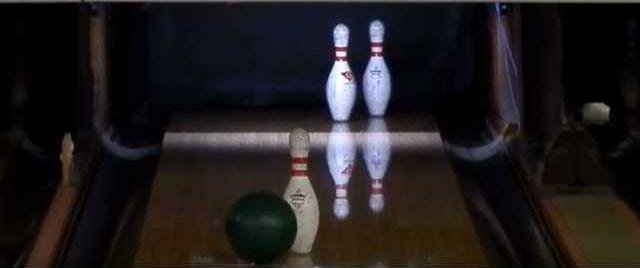THE LANES Look, weve all seen bowling tricks, and if youre like me, you love them every single time.
Theres just something about being able to control an object so completely and minutely, even after its out of your hands, that will always be fascinating to me.
For full disclosure, I should also tell you that I almost obsessively watching bowling on TV in my youth. It might have something to do with the fact that we never had cable, and networks are airing their A-game shows on Saturday afternoons.
While I did bowl a whopping 186 after taking a bowling class in high school (dont be jealous), I could never dream of having this sort of control. Heck, I could almost never dream of having this much control of something I am actually good at. (#Klutz4Lyfe)
This trick from YouTube user mikelong300 involves two extra pins and two balls, one of which slowly spins down the lane, perfectly building up tension until the trick is complete.
The video is about a year old, but its just now trending. mikelong300 also has a couple more trick on his YouTube channel that are worth checking out.
Theres just something about being able to control an object so completely and minutely, even after its out of your hands, that will always be fascinating to me.
For full disclosure, I should also tell you that I almost obsessively watching bowling on TV in my youth. It might have something to do with the fact that we never had cable, and networks are airing their A-game shows on Saturday afternoons.
While I did bowl a whopping 186 after taking a bowling class in high school (dont be jealous), I could never dream of having this sort of control. Heck, I could almost never dream of having this much control of something I am actually good at. (#Klutz4Lyfe)
This trick from YouTube user mikelong300 involves two extra pins and two balls, one of which slowly spins down the lane, perfectly building up tension until the trick is complete.
The video is about a year old, but its just now trending. mikelong300 also has a couple more trick on his YouTube channel that are worth checking out.








